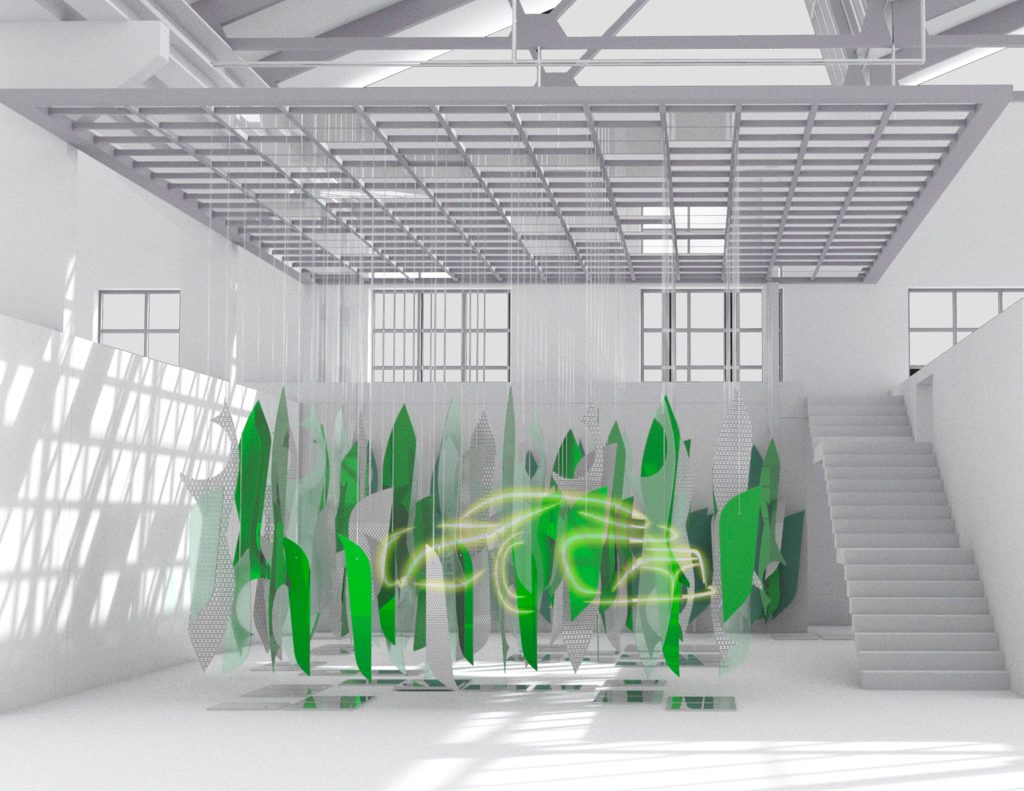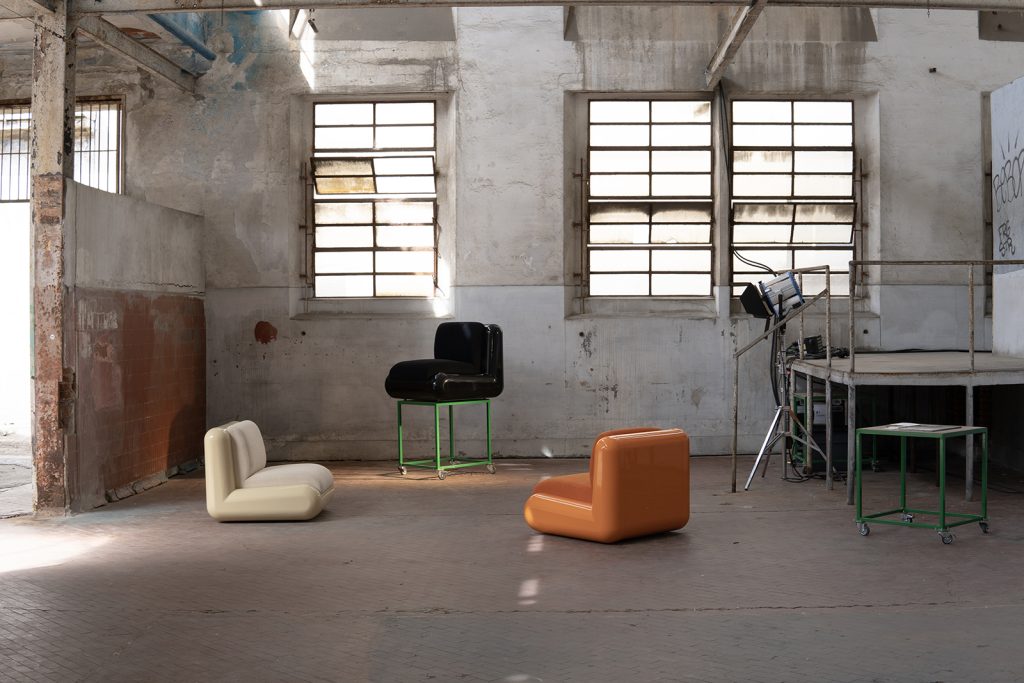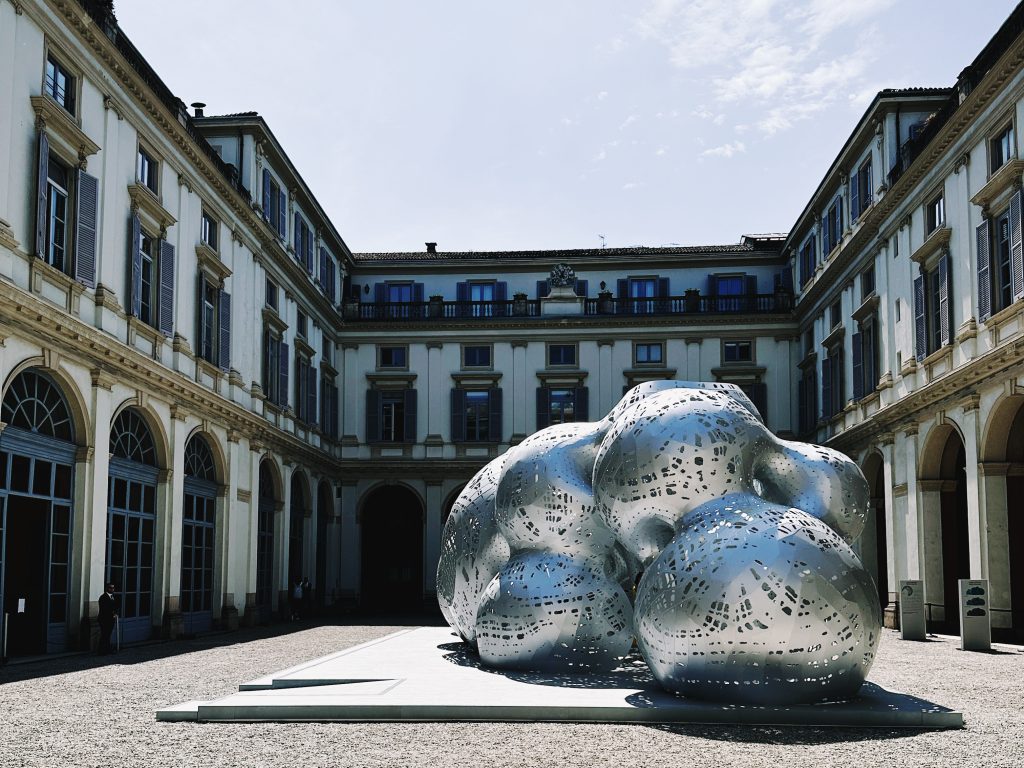Milan Design Week 2015: Lee Broom’s Department Store
A surrealist installation where a new acid yellow collection is revealed in opposition to grayscale

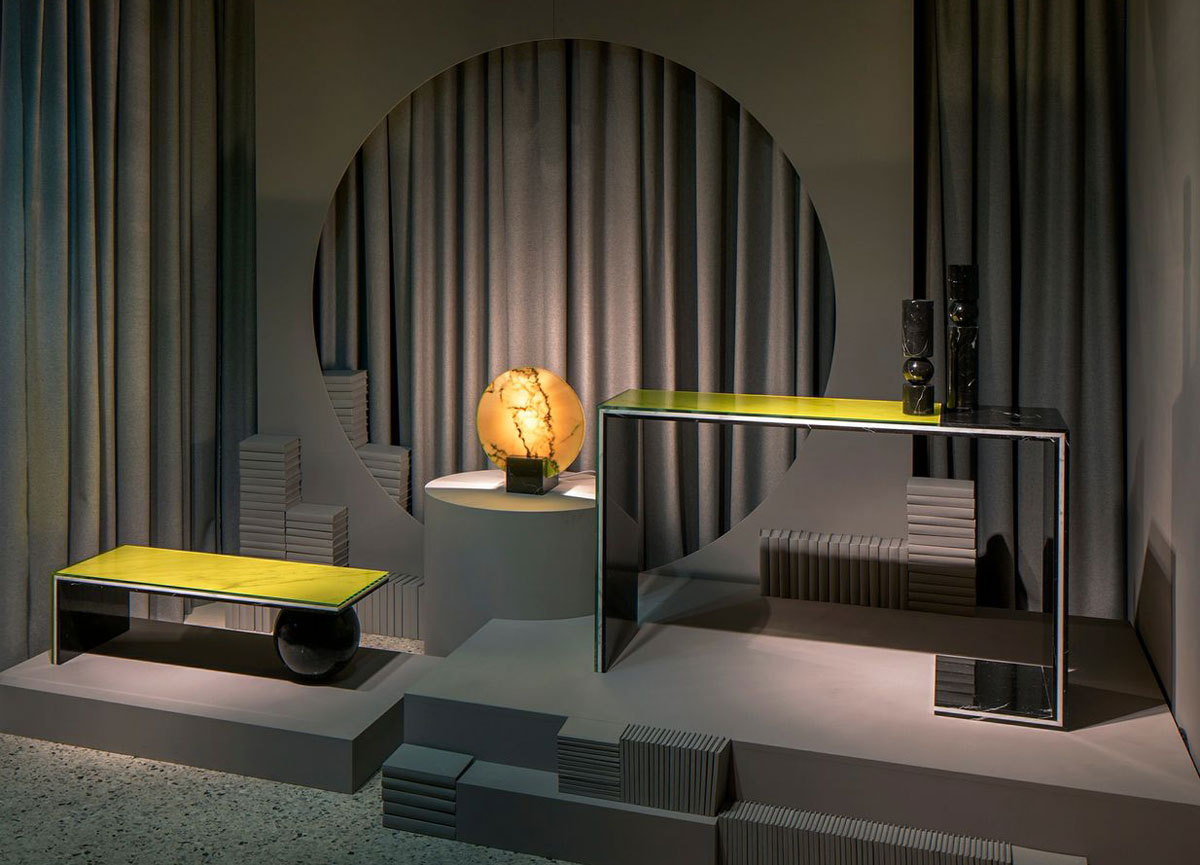
At this year’s Milan Design Week, British designer Lee Broom is presenting his largest and most mature collection to date. Known as “The Department Store,” this installation consists of 25 of Broom’s newest pieces—from furniture to lighting and accessories. It’s an incredibly accurate reconstruction of an ideal (and surreal) department store, divided in sections such as millinery, beauty, perfumery, bookstore, wine shop, accessories and so on. “The reason for using this kind of theme is that the collection is separated into kind of mini-collections,” Broom tells CH. “I was trying to think about a kind of show that would present them in an interesting way. We always try to do more with the theatrical experience than just a general presentation.”
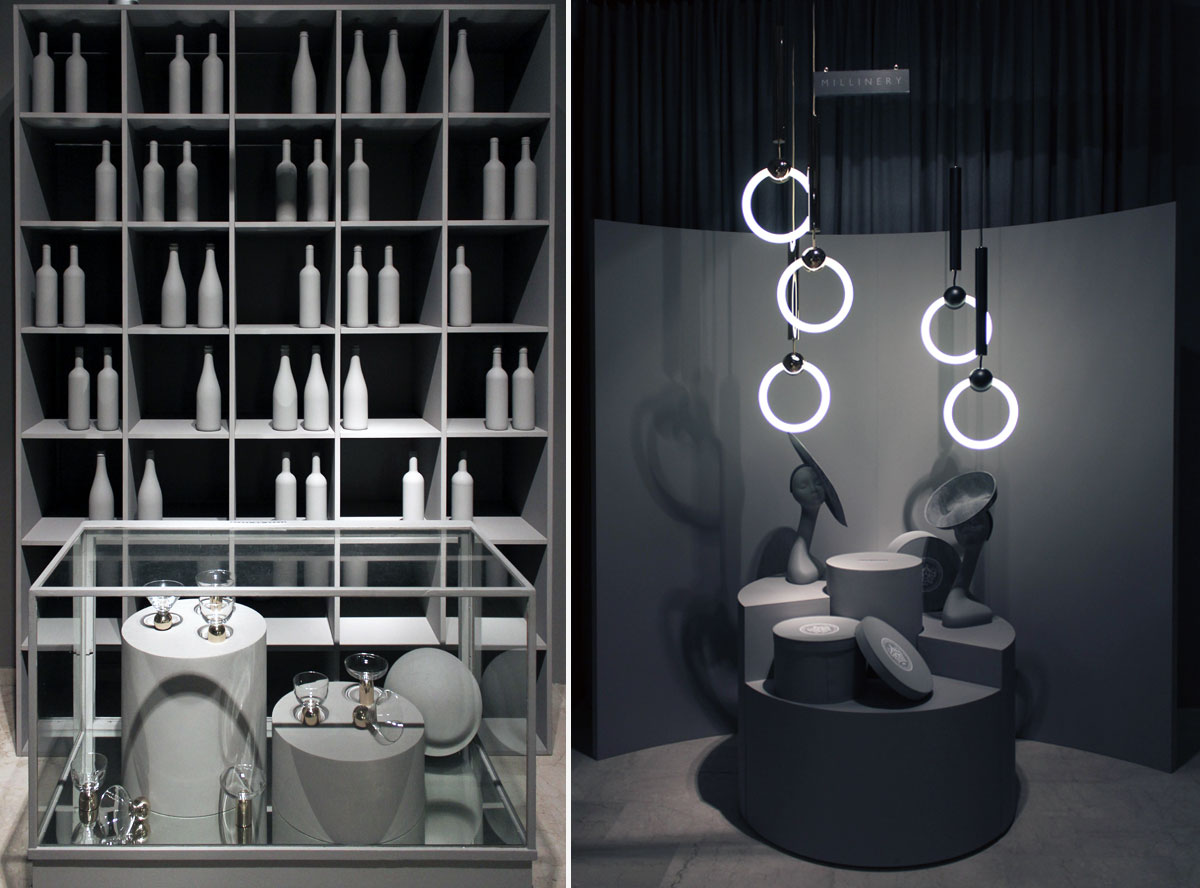
Inside, the “Wow!” effect is all but guaranteed. Gray blankets the entire color palate—from the walls to the curtains, the props to the mannequins. That is, everything but Lee Broom’s collections which are punctuated by splashes of acid yellow and lacquer red. As Broom himself explains, “I was quite inspired by photographers like Horst and Man Ray, whose works have a beautiful kind of shadowy black and white image to them in a very surreal way. I wanted to have lots of references to a department store, but I didn’t want it to take away from the pieces, so I decided that all of the pieces should be in the finishes that they’re in, and then all of the environment should be in a gray tone.”
The music that plays is also meant to reflect the black and white vibe, with classic tunes from the ’40s and ’50s. The result is a dreamlike energy that permeates the large space. “The Crescent Light [which is the light that features sort of slits] is a good representation of the surreal pieces. It’s taking something that we’ve seen before, this very classic kind of Art Deco globe, but then doing something very simple to change it and make it look different.”
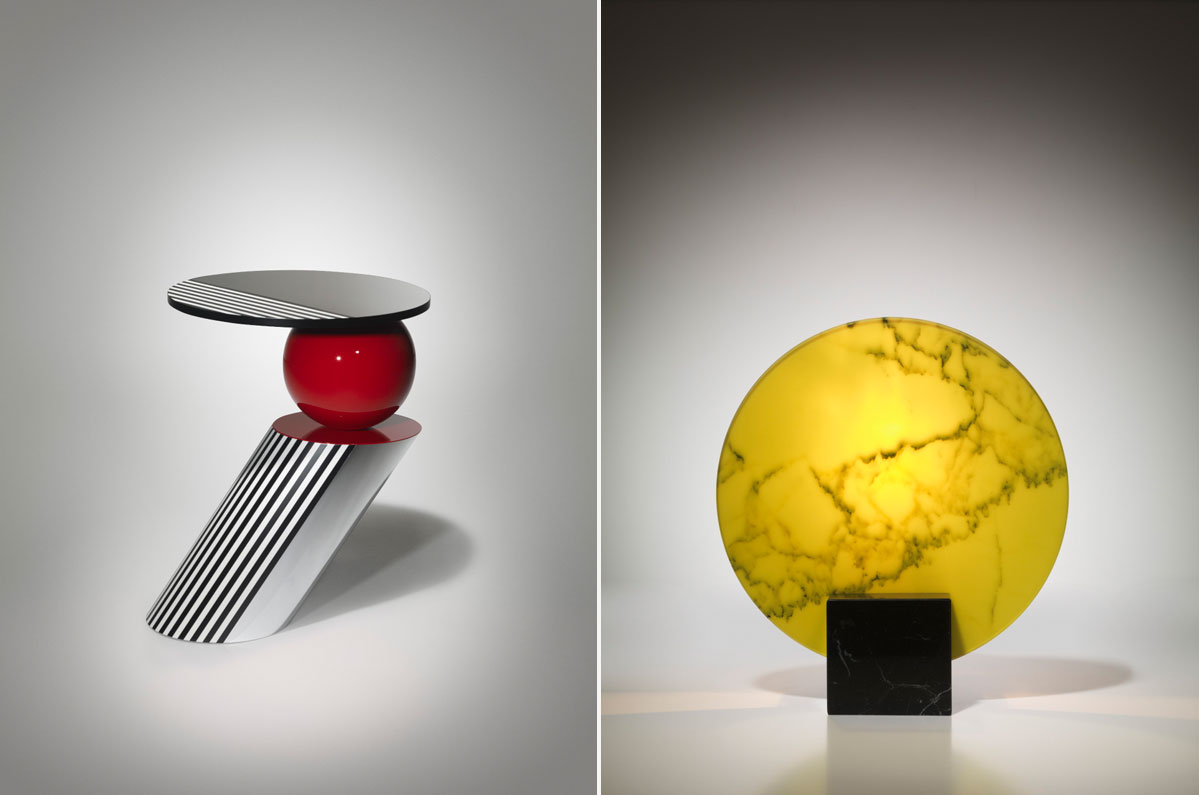
Materials, too, are juxtaposed in unexpected ways—marble in particular. Broom tells us, “I like the texture and the quality of marble, but I was wanting to do something different with it, so lighting seemed like the obvious thing to do. When I did the pieces with the lighting, it was to try and get the translucency of the marble and really those pieces are so impossible to make, especially the Marble Tube Light. We had so many issues with trying to make it that length, it was a combination of finding the right craftsmen, the right polisher, the right machinery, the right marble and to be constantly persistent that we would get it right.”
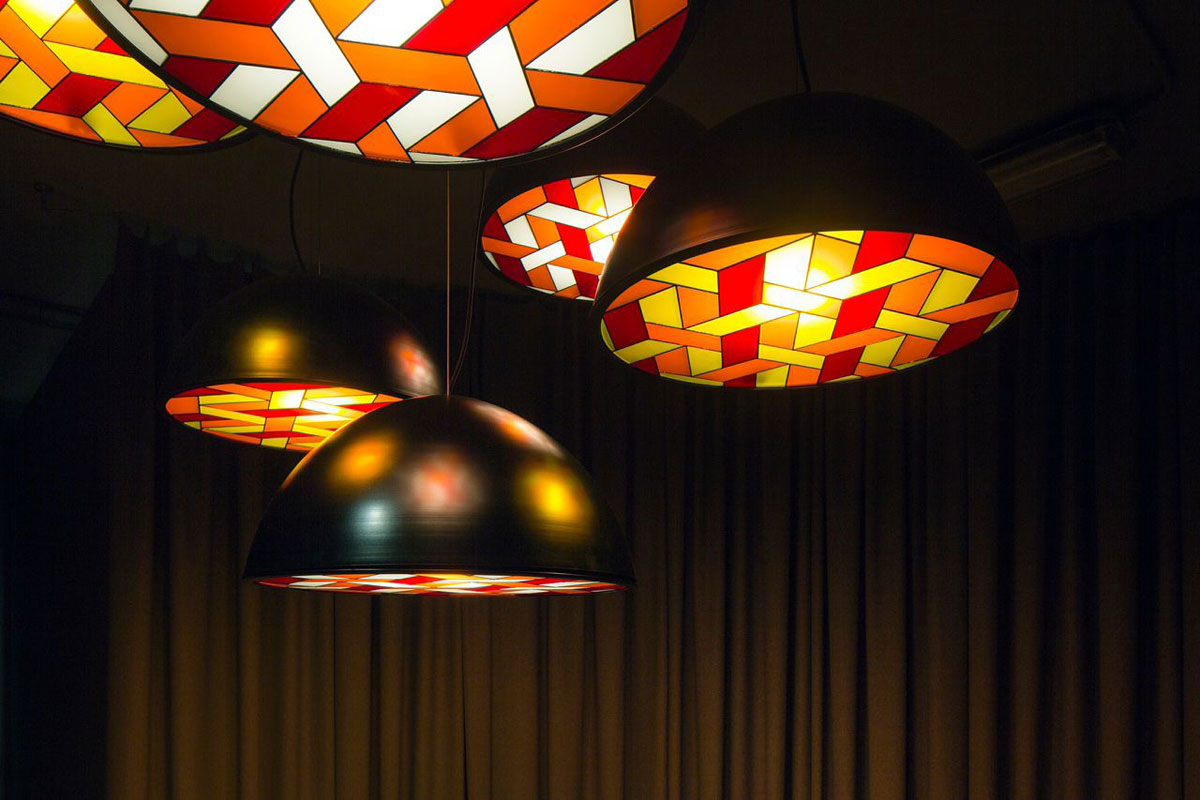
Once Broom had success with the lighting, it fueled his creative urges to continue working with marble. “I wanted to do some furniture pieces. That’s why I introduced the ‘Acid Marble Collection,’ which starts from taking the white marble, but adding a real kind of splash of color. That was designed for the show rather than the other way around, because when I started having the idea of everything being grey and having this kind of black and white movie feel—I then wanted to inject lots of color in the other pieces. Normally I shy away from color in our pieces, so I kind of pushed myself to do that. The yellow glass and the black and white marble I think is a really beautiful combination. Again, it’s a bit surreal, you know, having the yellow glass with the marble.”
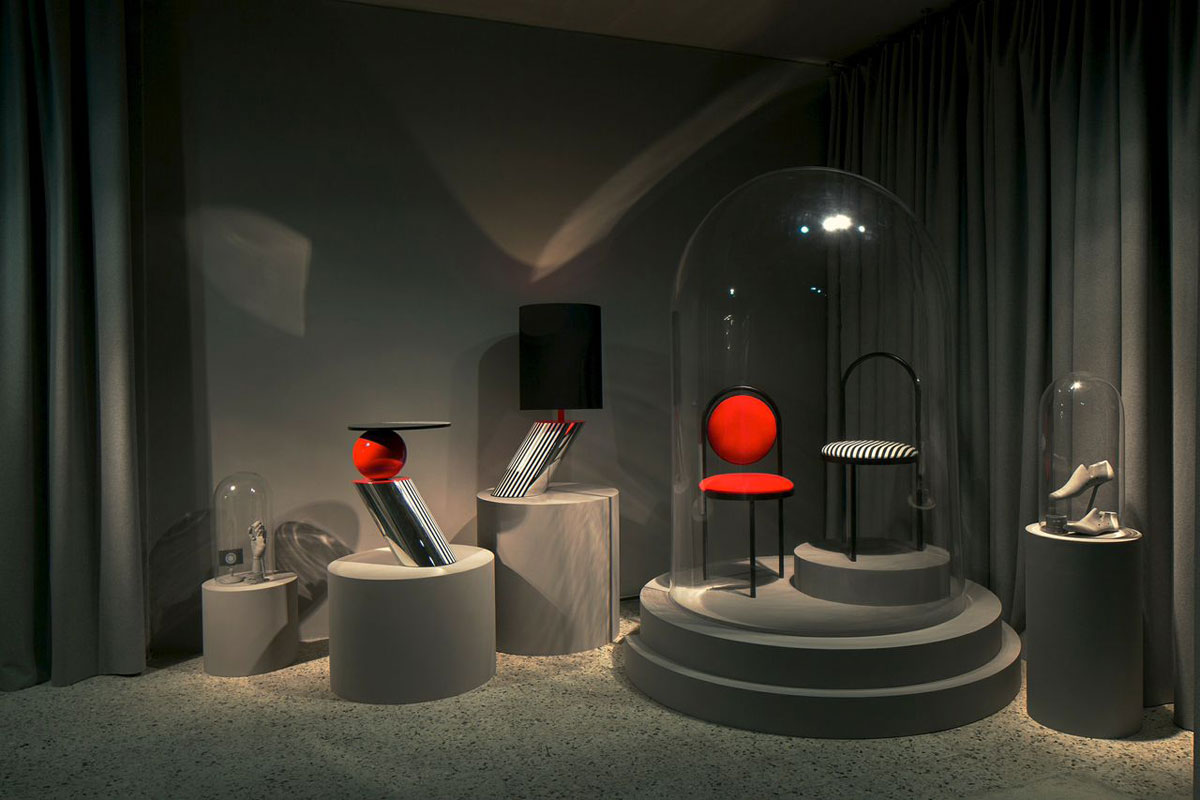
Every piece in the show is sleek and refined—it’s difficult to understand the complex technique, and trial and error behind them. Broom explains, ”I want people to engage with my pieces; not in the same way that somebody engages with a piece of art necessarily, but there should be an element of that where you don’t see everything straight away the first time you look at it. And that’s what makes these pieces exciting.” It’s an untold, secret story that lives in each item’s history that makes many of the pieces extra engaging—not just their present state.

Ultimately, as with most design, Broom’s goal is to tell a story and make something that lasts—something significant. He says, “It’s the idea that we’re creating permanent things that will also have this story and have a craft behind it. And we don’t have to scream about how something is made—that people start to ask questions and then they really connect with the piece, I think [that] is really lovely.”
Images courtesy of Luke Hayes and Paolo Ferrarini, film courtesy of Frizbee Films
